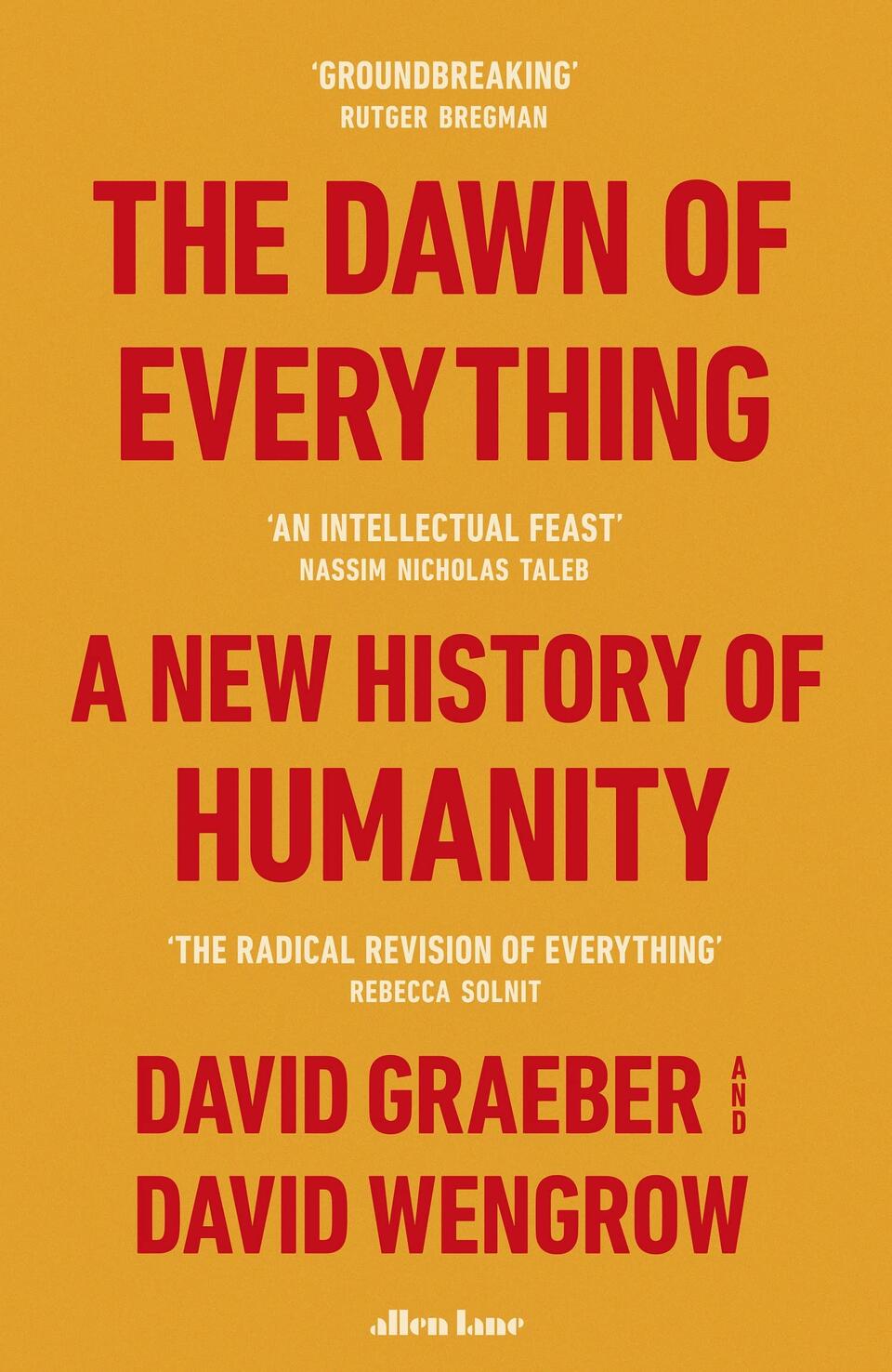This much-hyped book, a hefty 700 pages, tries to write a "new history of humanity" by undermining the standard preconception that there was some sort of inevitable march towards cities and states and hierarchies from loosely organized tribal and non or less-hierarchical systems of human organization. Was the development of crop agriculture and the surplus that it generated a major factor in the development of unequal societies and more sophisticated systems of control? Not necessarily, argue the distinguished authors, and they marshal a wide variety of evidence from around the world to suggest that large-scale structures for human habitation, sort of like cities, flourished in the Americas, Anatolia and Ukraine without what seem like state or authoritarian structures underpinning them. The argument is perhaps not that novel, and was made more concisely in books like Against the Grain by James C. Scott (2017). Nonetheless, there is interesting material to consider, including the impact of Native American thinking on French thinkers, but our interest here is in the public dispute that has arisen around the authors' interpretation of the ancient Indus civilization.
Kwame Anthony Appiah, one of today's leading all-round intellectual, writes in a lukewarm review in the NYRB (Dec. 16, 2021, p. 81) article Digging for Utopia "A reader who does the armchair archaeology of digging through the endnotes will repeatedly encounter this sort of discordance between what the book says and what its sources say. Was Mohenjo Daro—a settlement, dating to around 2600 BC, on one side of the Indus River in Pakistan’s Sindh province—free of hierarchy and administration? 'Over time, experts have largely come to agree that there’s no evidence for priest-kings, warrior nobility, or anything like what we would recognize as a ‘state’ in the urban civilization of the Indus valley,' Graeber and Wengrow write, and they cite research by the archaeologist Jonathan Mark Kenoyer. But Kenoyer has concluded that Mohenjo Daro was likely governed as a city-state; he notes, for instance, that seals with a unicorn motif are found throughout Indus settlements and infers that they may have been used by officials 'who were responsible to reinforce the economic, political and ideological aspects of the Indus ruling elite.' Why should we hesitate to dignify (or denigrate) such a place with the name 'state'?"
A sharp rejoinder by David Wengrow resulted a few weeks later: "Elsewhere, Appiah alleges that we mischaracterize the work of Jonathan Mark Kenoyer, an expert on the Bronze Age civilization of the Indus Valley. According to Appiah, Kenoyer argues that the ancient site of Mohenjo-daro was “likely governed as a city-state,” something we dispute in The Dawn of Everything. We are hardly the first to do so. Another expert, Gregory Possehl, argued that the Indus cities were organized on more egalitarian lines, and the most recent scholarship comes down firmly on his side. We don’t cite Kenoyer for his views on political organization, but for his work on urban craft specialization. So what is Appiah’s objection? Is he saying we cannot cite Kenoyer’s insights on any one aspect of Indus archaeology without subscribing to all his other views as well?" (January 13, 2022).
Appiah replies in the same issue: "The Dawn of Everything is a mammoth undertaking and, inevitably, it characterizes archaeological research its authors know only through the scholarly literature they have consulted—through the authorities they enlist. They’re entitled to sift through the evidence and present their own conclusions; I agree with Wengrow on this. The difficulty arises when what they present as a summary of the archaeology is at variance with the scholarship they cite. 'Experts have largely come to agree that there’s no evidence for…anything like what we would recognize as a ‘state’ in the urban civilization of the Indus Valley,' they say. Then we turn to the source material and find that experts are quite divided on the topic. My point was not that The Dawn of Everything mischaracterizes Kenoyer’s judgments about Mohenjo-daro’s political structure but that it doesn’t characterize them at all. I was observing, that is, a pattern about which views get a hearing. Wengrow says that 'the most recent scholarship' supports Possehl, but the paper he has in mind—a fascinating theoretical overview by Adam S. Green, which indeed stresses the evidence for egalitarianism—gingerly dissents both from Kenoyer’s 'managerial elite' model and from Possehl’s 'stateless paradigm.' Green’s paper, exquisitely provisional, makes clear that the nature of Indus politics is a topic of contention, not consensus."
Who is right here? Dr. Appiah. Moreover, it is really hard to say what was going on in Indus cities without being able to read the language or have access to resources that describe it from the outside, e.g. ancient Mesopotamian texts (one of which apparently refers to an ancient Indus king although his (?) name is not complete). To be sure, there seem to be features of Indus civilization that may speak to a more egalitarian civilization (see Jane McIntosh's book A Peaceful Realm or the more recent essay by Adam S. Green Killing the Priest-King: Addressing Egalitarianism in the Indus Civilization) but it is far from appropriate to see it as an example of a non-hierarchical society at this point. Much more research and work needs to be done, and there is a lot in the material culture that speaks to the existence of "elites" of some sort.
- Omar Khan, March 2022

